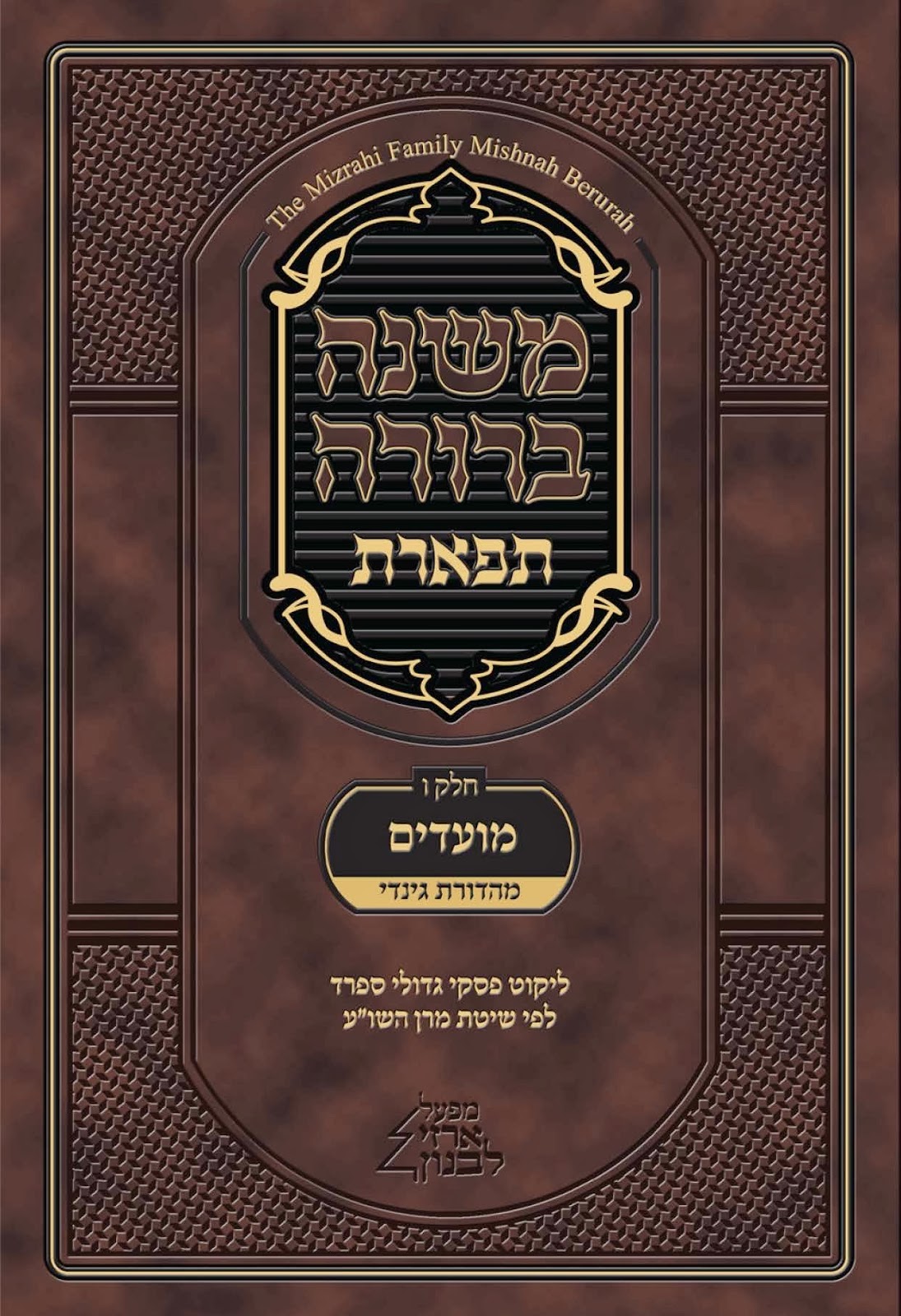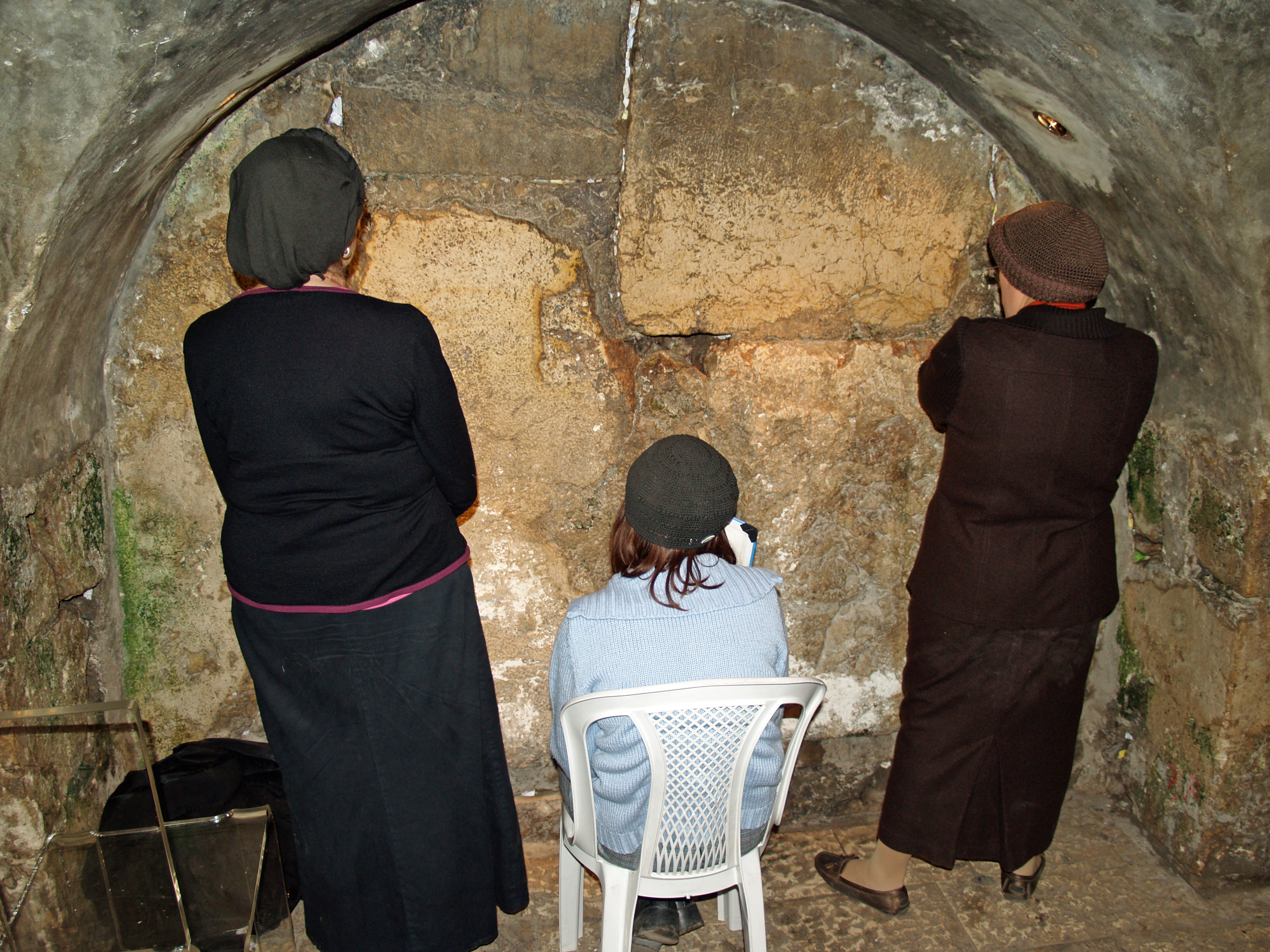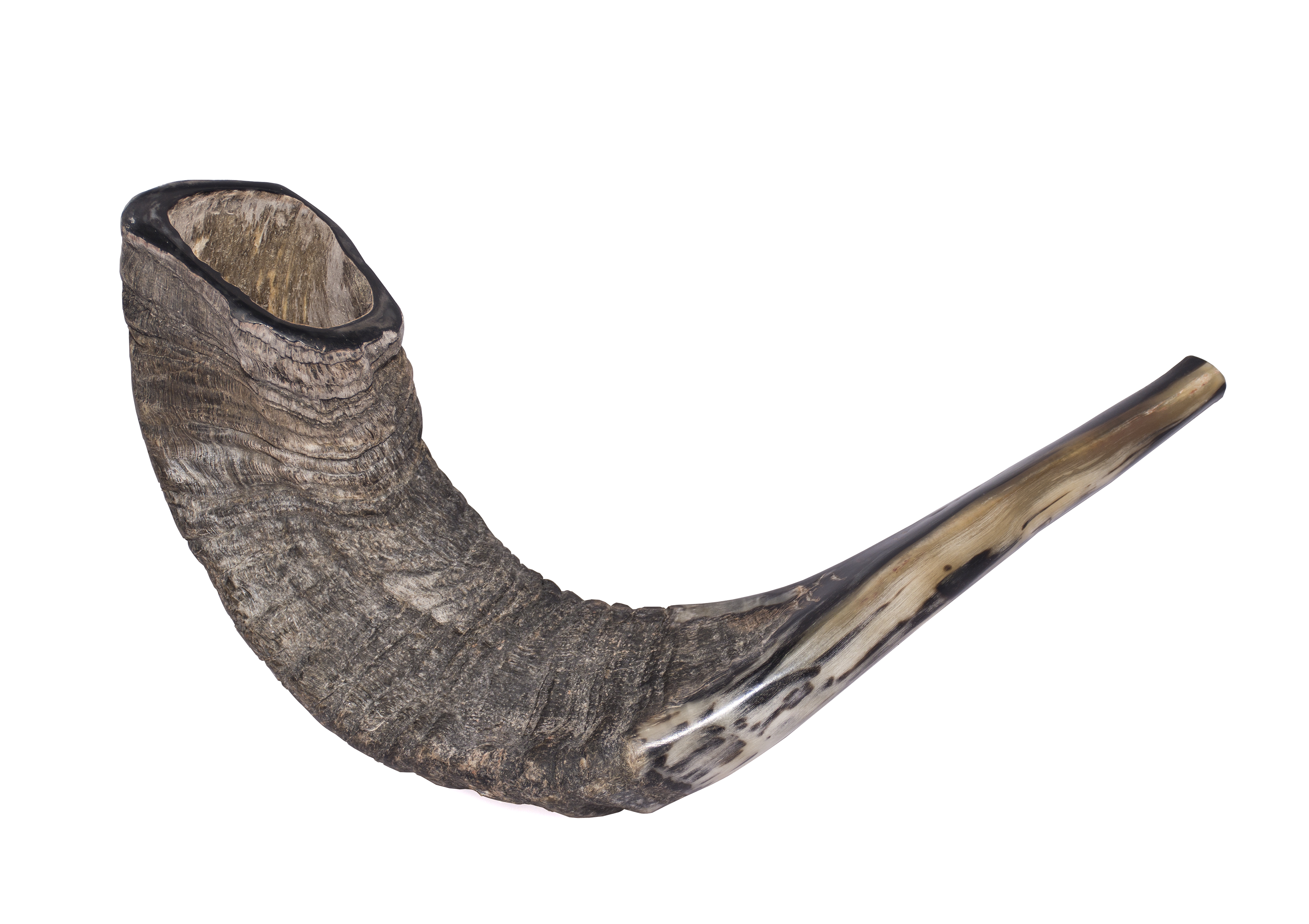|
Yehuda Henkin
Rabbi Yehuda Herzl Henkin (1945 – 23 December 2020), author of the responsa ''Benei Vanim'', was a modern orthodox posek. Early life and education Yehuda Henkin was born in Pennsylvania in 1945 and raised in New Haven, Connecticut. His father was Dr. Avraham Hillel Henkin, who headed the local Board of Jewish Education. After graduating from the Yeshivah of Flatbush High School in 1962, he studied five years with his grandfather, Rabbi Yosef Eliyahu Henkin, from whom he received semichah. He also received semichah from Rabbi Yehuda Gershuni. During this time he also completed a master's degree in the sociology of religion at Columbia University. His uncle was Professor Louis Henkin, who taught international law at Columbia. He and his wife Chana Henkin moved to Israel in 1972 and he served as the Rabbi of the Beit She'an valley before moving to Jerusalem. Personal life He lived in Jerusalem, with his wife, , founder and head of Nishmat, the Institute for Advanced Jewish ... [...More Info...] [...Related Items...] OR: [Wikipedia] [Google] [Baidu] |
Jerusalem, Israel
Jerusalem (; he, יְרוּשָׁלַיִם ; ar, القُدس ) (combining the Biblical and common usage Arabic names); grc, Ἱερουσαλήμ/Ἰεροσόλυμα, Hierousalḗm/Hierosóluma; hy, Երուսաղեմ, Erusałēm. is a city in Western Asia. Situated on a plateau in the Judaean Mountains between the Mediterranean and the Dead Sea, it is one of the oldest cities in the world and is considered to be a holy city for the three major Abrahamic religions: Judaism, Christianity, and Islam. Both Israelis and Palestinians claim Jerusalem as their capital, as Israel maintains its primary governmental institutions there and the State of Palestine ultimately foresees it as its seat of power. Because of this dispute, neither claim is widely recognized internationally. Throughout its long history, Jerusalem has been destroyed at least twice, besieged 23 times, captured and recaptured 44 times, and attacked 52 times. According to Eric H. Cline's tally in Je ... [...More Info...] [...Related Items...] OR: [Wikipedia] [Google] [Baidu] |
Nishmat (yeshiva)
Nishmat: The Jeanie Schottenstein Center for Advanced Torah Study for Women is a Modern Orthodox Jewish institution of higher Torah learning for women, or ''midrasha''. It was one of the first educational frameworks to teach Talmud to women. It is a pioneer in certification of women as ''Yoatzot Halacha,'' experts in the intersection of women's health and Halacha. Nishmat opened in the Kiryat Moshe neighborhood of Jerusalem and later moved to Bayit VeGan. It is currently located in the Pat neighborhood of Jerusalem. History Nishmat was founded in 1990 by Rabbanit Chana Henkin. Now situated in Jerusalem's Pat neighborhood, west of Katamon, Nishmat is a center for women's scholarship, leadership, and social responsibility. Ten years after its founding, Nishmat created the new religious role of Yoatzot Halacha, women halachic advisors. At the same time, the school established what has become an acclaimed advancement program for Ethiopian-Israelis, coupling Jewish studies with an ... [...More Info...] [...Related Items...] OR: [Wikipedia] [Google] [Baidu] |
Torah Reading
Torah reading (; ') is a Judaism, Jewish religion, religious tradition that involves the public reading of a set of passages from a Sefer Torah, Torah scroll. The term often refers to the entire ceremony of removing the scroll (or scrolls) from the Torah ark, chanting the appropriate excerpt with special Hebrew cantillation, cantillation (trope), and returning the scroll(s) to the ark. It is also commonly called "laining" (''lein'' is also spelt ''lain'', ''leyn'', ''layn''; from the Yiddish , which means "to read"). Regular public reading of the Torah was introduced by Ezra the Scribe after the return of the Judean exiles from the Babylonian captivity ( BCE), as described in the Book of Nehemiah. In the modern era, Orthodox Judaism, Orthodox Jews practice Torah reading according to a set procedure almost unchanged since the Talmud, Talmudic era. Since the 19th century CE, Reform Judaism, Reform and Conservative Judaism, Conservative Judaism have made adaptations to the practic ... [...More Info...] [...Related Items...] OR: [Wikipedia] [Google] [Baidu] |
Partnership Minyan
Partnership minyan (pl. partnership minyanim) is a religious Jewish prayer group that seeks to maximize women's participation in services within the confines of Jewish law as understood by Orthodox Judaism. This includes enabling women to lead parts of service, read from the Torah, serve in lay leadership positions, sit in a more gender-balanced format, and in some cases count as part of a minyan ("quorum") of ten men and ten women. Partnership minyanim began in 2002 simultaneously in New York and Jerusalem, and have now spread to over 30 communities in at least five different countries around the world. Definition JOFA defines a partnership minyan as: : prayer group that is both committed to maintaining halakhic standards and practices and also committed to including women in ritual leadership roles to the fullest extent possible within the boundaries of Jewish Law. This means that the minyan is made up of 10 men, men and women are separated by a mechitzah, and the traditional li ... [...More Info...] [...Related Items...] OR: [Wikipedia] [Google] [Baidu] |
Shulkhan Arukh
The ''Shulchan Aruch'' ( he, שֻׁלְחָן עָרוּך , literally: "Set Table"), sometimes dubbed in English as the Code of Jewish Law, is the most widely consulted of the various legal codes in Judaism. It was authored in Safed (today in Israel) by Joseph Karo in 1563 and published in Venice two years later. Together with its commentaries, it is the most widely accepted compilation of Jewish law ever written. The ''halachic'' rulings in the ''Shulchan Aruch'' generally follow Sephardic law and customs, whereas Ashkenazi Jews generally follow the halachic rulings of Moses Isserles, whose glosses to the ''Shulchan Aruch'' note where the Sephardic and Ashkenazi customs differ. These glosses are widely referred to as the ''mappah'' (literally: the "tablecloth") to the ''Shulchan Aruch's'' "Set Table". Almost all published editions of the ''Shulchan Aruch'' include this gloss, and the term "Shulchan Aruch" has come to denote ''both'' Karo's work as well as Isserles', with Karo us ... [...More Info...] [...Related Items...] OR: [Wikipedia] [Google] [Baidu] |
Mishnah Berurah
The ''Mishnah Berurah'' ( he, משנה ברורה "Clear Teaching") is a work of ''halakha'' (Jewish law) by Rabbi Yisrael Meir Kagan (Poland, 1838–1933, also known as ''Chofetz Chaim''). It is a commentary on ''Orach Chayim'', the first section of the ''Shulchan Aruch'' which deals with laws of prayer, synagogue, Shabbat and holidays, summarizing the opinions of the ''Acharonim'' (post-Medieval rabbinic authorities) on that work. The title comes from b. Shabbat 139a, "They will rove, seeking the word of the LORD, but they will not find it (Amos 8:12) -- they will not find clear teaching and clear law in one place." Contents The ''Mishnah Berurah'' is traditionally printed in 6 volumes alongside selected other commentaries. The work provides simple and contemporary explanatory remarks and citations to daily aspects of ''halakha''. It is widely used as a reference and has mostly supplanted the Chayei Adam and the Aruch HaShulchan as the primary authority on Jewish daily living am ... [...More Info...] [...Related Items...] OR: [Wikipedia] [Google] [Baidu] |
Aruch HaShulchan
''Arukh HaShulchan'' (Hebrew: עָרוּךְ הַשֻּׁלְחָן r, arguably, עָרֹךְ הַשֻּׁלְחָן; see ''Title'' below is a work of halacha written by Yechiel Michel Epstein (1829–1908). The work attempts to be a clear, organized summary of the sources for each chapter of the ''Shulchan Arukh'' and its commentaries, with special emphasis on the positions of the Jerusalem Talmud and Maimonides. Title The title "Arukh HaShulchan" ("the table is set") is a clear allusion to the ''Shulchan Arukh'' ("the set table") on which it draws, and to ''Arokh ha-Shulchan'' from . Samuel Kalman Mirsky argued that the title should be pronounced ''Arokh'' as in Isaiah, but Eitam Henkin argued that it should be pronounced ''Arukh'' to clarify the allusion to the ''Shulchan Arukh'', and pointed to its original title page, which includes the Russian transliteration Арух-Гашулхоиъ. Structure In ''Arukh HaShulchan'', Epstein cites the source of each law as found i ... [...More Info...] [...Related Items...] OR: [Wikipedia] [Google] [Baidu] |
Negiah
''Negiah'' ( he, נגיעה), literally "touch", is the concept in Jewish law (Halakha) that forbids or restricts sensual physical contact with a member of the opposite sex except for one's spouse, outside the niddah period, and certain close relatives to whom one is presumed not to have sexual attraction. A person who abides by this halakha is colloquially described as a ("one observant of "). The laws of are typically followed by strict Orthodox Jews, with varying levels of observance. Some Orthodox Jews follow the laws with strict modesty and take measures to avoid ''accidental'' contact, such as avoiding sitting next to a member of the opposite sex on a bus, train, airplane, or other similar seating situations. Others are more lenient, only avoiding purposeful contact. Adherents of Conservative and Reform Judaism do not follow these laws. Many Jews with Orthodox beliefs believe that there is extensive room for leniency and that strict adherence to these rules stunts developme ... [...More Info...] [...Related Items...] OR: [Wikipedia] [Google] [Baidu] |
Talmud
The Talmud (; he, , Talmūḏ) is the central text of Rabbinic Judaism and the primary source of Jewish religious law (''halakha'') and Jewish theology. Until the advent of modernity, in nearly all Jewish communities, the Talmud was the centerpiece of Jewish cultural life and was foundational to "all Jewish thought and aspirations", serving also as "the guide for the daily life" of Jews. The term ''Talmud'' normally refers to the collection of writings named specifically the Babylonian Talmud (), although there is also an earlier collection known as the Jerusalem Talmud (). It may also traditionally be called (), a Hebrew abbreviation of , or the "six orders" of the Mishnah. The Talmud has two components: the Mishnah (, 200 CE), a written compendium of the Oral Torah; and the Gemara (, 500 CE), an elucidation of the Mishnah and related Tannaitic writings that often ventures onto other subjects and expounds broadly on the Hebrew Bible. The term "Talmud" may refer to eith ... [...More Info...] [...Related Items...] OR: [Wikipedia] [Google] [Baidu] |
Kol Isha
''Tzniut'' ( he, צניעות , , ; "modesty" or "privacy"; ) describes both the character trait of modesty and discretion, as well as a group of Jewish laws pertaining to conduct. The concept is most important within Orthodox Judaism. Description ''Tzniut'' includes a group of Jewish laws concerned with modesty of both dress and behavior. In the Babylonian Talmud, Rabbi Elazar Bar Tzadok interprets the injunction at Micah 6:8 to "go discreetly with your God" as referring to discretion in conducting funerals and weddings. The Talmud then extends his interpretation: "If in matters that are generally performed in public, such as funerals and weddings, the Torah instructed us to go discreetly, matters that by their very nature should be performed discreetly, such as giving charity to a poor person, how much more so must one take care to do them discreetly, without publicity and fanfare". In the legal dimension of Orthodox Judaism, the issue of ''tzniut'' is discussed in more ... [...More Info...] [...Related Items...] OR: [Wikipedia] [Google] [Baidu] |
Book Of Esther
The Book of Esther ( he, מְגִלַּת אֶסְתֵּר, Megillat Esther), also known in Hebrew language, Hebrew as "the Scroll" ("the wikt:מגילה, Megillah"), is a book in the third section (, "Writings") of the Judaism, Jewish ''Tanakh'' (the Hebrew Bible). It is one of the five Scrolls () in the Hebrew Bible and later became part of the Christian Old Testament. The book relates the story of a Israelites, Hebrew woman in Achaemenid Empire, Persia, born as Hadassah but known as Esther, who becomes queen of Persia and thwarts a genocide of her people. The story forms the core of the Jewish festival of Purim, during which it is read aloud twice: once in the evening and again the following morning. The books of Esther and Song of Songs are the only books in the Hebrew Bible that do not mention God in Judaism, God. Setting and structure Setting The biblical Book of Esther is set in the Persian Capital city, capital of Susa (''Shushan'') in the third year of the reign ... [...More Info...] [...Related Items...] OR: [Wikipedia] [Google] [Baidu] |
Shofar
A shofar ( ; from he, שׁוֹפָר, ) is an ancient musical horn typically made of a ram's horn, used for Jewish religious purposes. Like the modern bugle, the shofar lacks pitch-altering devices, with all pitch control done by varying the player's embouchure. The shofar is blown in synagogue services on Rosh Hashanah and at the end of Yom Kippur; it is also blown every weekday morning in the month of Elul running up to Rosh Hashanah. Shofars come in a variety of sizes and shapes, depending on the choice of animal and level of finish. Bible and rabbinic literature The shofar is mentioned frequently in the Hebrew Bible, the Talmud and rabbinic literature. In the first instance, in , the blast of a shofar emanating from the thick cloud on Mount Sinai makes the Israelites tremble in awe. The shofar was used to announce the new moon and the Jubilee year. The first day of Tishrei (now known as Rosh Hashana) is termed a "memorial of blowing", or "day of blowing", the shofar. ... [...More Info...] [...Related Items...] OR: [Wikipedia] [Google] [Baidu] |





